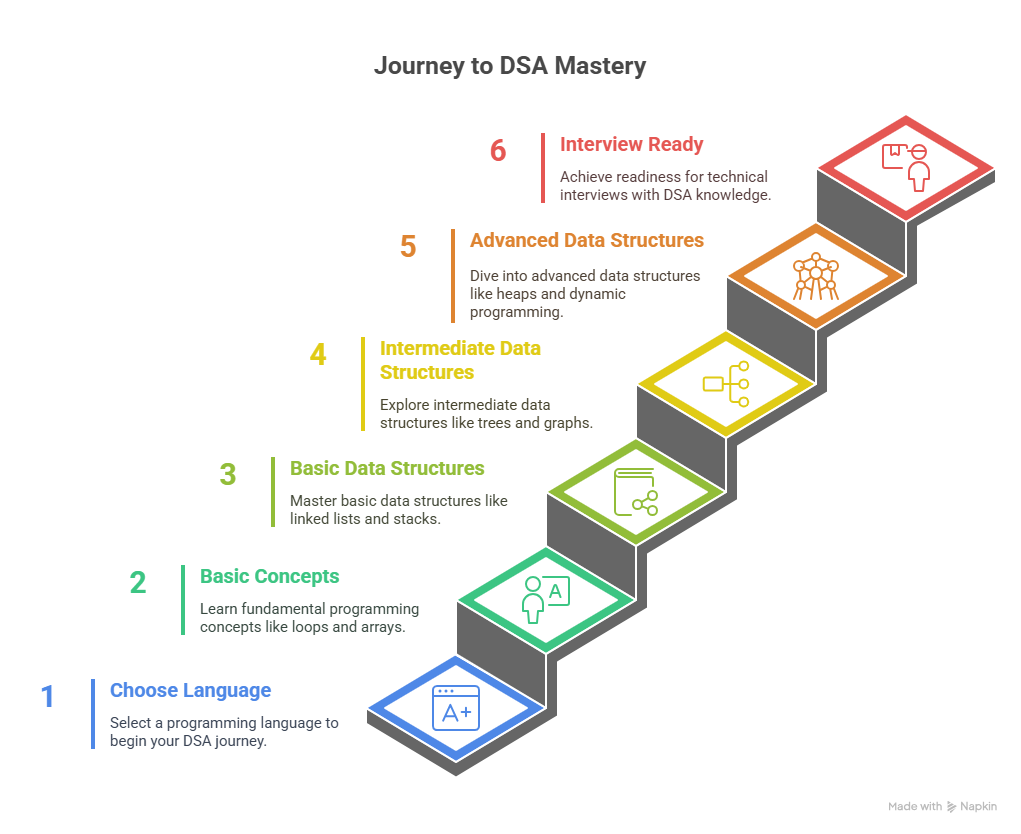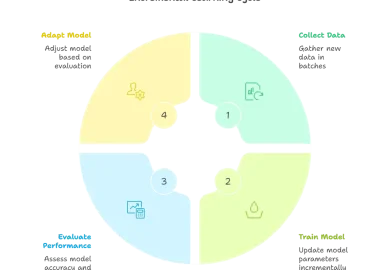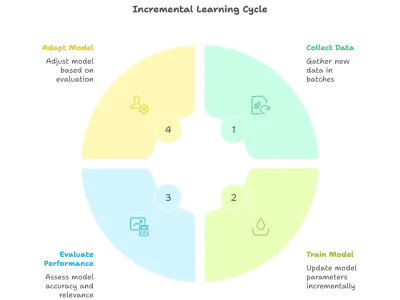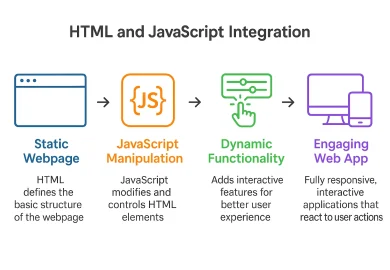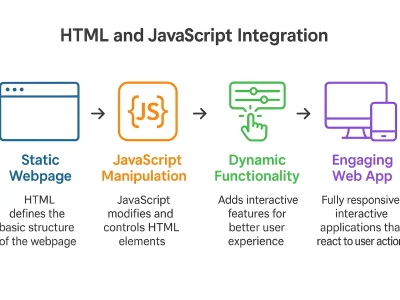Introduction
Are you struggling to start your DSA journey? You’re not alone. DSA (Data Structures and Algorithms) are the core of Coding interviews and efficient software development. Whether you want to crack tech interviews or develop scalable applications, DSA is the way to go.
This blog provides a comprehensive, step-by-step DSA roadmap. Developed for beginners and intermediate learners, it guides you through all the concepts, from the basics to advanced algorithms, in a logical and correct order.
What is DSA, and Why Learn It?
Data Structures and Algorithms (DSA) are fundamental concepts in computer science:
- A Data Structure is a way to organize and store data (like arrays, linked lists, and trees).
- An Algorithm is a step-by-step method to solve a problem or perform a task (like searching, sorting, or traversing).
Real-World Applications of DSA
DSA is used in nearly every area of modern software:
- Apps that provide guidance (such as Google Maps) rely on graphs to find the shortest path.
- Social media uses hashing to store users, but it does not allow duplicates.
- Even search engines use tree and heap structures in ranking and indexing results.
- Listing of products on e-commerce websites is sorted based on price, rating, and other factors, using sorting algorithms.
In short, any app that processes, stores, or retrieves data quickly relies on strong data security and access (DSA) principles behind the scenes.
Career Benefits
Learning DSA significantly improves your career opportunities:
- Higher Salaries: DSA is highly valued by product-based companies and startups.
- Interview Success: Most technical interviews are built around DSA problems.
- Work Flexibility: Backend development, system design, or even data science, DSA is transferable.
- Coding Competitions: Platforms like LeetCode and Codeforces require DSA to perform well in contests.
- Code Efficiency
Using DSA, you can reduce the time and space your code takes, leading to faster, more optimized software.
Prerequisites Before Starting DSA
Before diving into Data Structures and Algorithms (DSA), it’s important to build a strong foundation in a few key areas.
1. Choose Your Programming Language
Pick one and stick with it:
- C++ – Fast, great for competitive programming
- Java – Object-oriented, widely used
- Python – Simple and easy to learn
2. Learn Basic Programming Concepts
You should know:
- Variables, loops, and conditionals
- Functions and recursion
- Object-Oriented Programming (classes, objects)
3. Brush Up on Math
Helpful topics include:
- Prime numbers and modular arithmetic
- Combinations and permutations
- Bit manipulation basics
4. Tools & Setup
- Code Editor (VS Code, Sublime Text, IntelliJ)
- Compilers (g++, javac, python)
- Online platforms: LeetCode, HackerRank, CodeChef
Complete DSA Roadmap – Phase by Phase
This phase-wise DSA roadmap will guide you from basic programming concepts to advanced algorithms, helping you build strong problem-solving skills for interviews and competitive coding.
Phase 1: Foundation Building Programming Language Mastery
- Learn syntax and basic input/output
- Understand loops, arrays, and string handling.
- Practice recursion like factorial, Fibonacci.
- Grasp OOP: classes, inheritance, constructors.
Time and Space Complexity
- Understand Big O Notation
- Learn how to analyze loops and recursive functions.
- Know the best, average, and worst-case performance.
- Study memory usage patterns in different data structures.
Phase 2: Basic Data Structures (3–4 Weeks)
Arrays and Strings
- Understand indexing, insertions, and deletions
- Manipulate 2D arrays and matrices.
- String algorithms: reverse, palindrome, sliding window
- Solve problems: Two Sum, Anagrams, Longest Substring.
Linked Lists
- Build and traverse singly, doubly, and circular linked lists.
- Implement insert, delete, and reverse operations.
- Practice problems include merging two lists and cycle detection.
Stacks and Queues
- Stack (LIFO): used in undo operations and recursion.
- Queue (FIFO): used in printers and task management.
- Implement using arrays and linked lists.
- Discover priority queues and their real-world applications.
Phase 3: Intermediate Data Structures (4–5 Weeks)
Trees
- Learn binary trees and Binary Search Trees (BSTs)
- Practice tree traversals: in-order, pre-order, post-order.
- Understand AVL and Red-Black Trees for balancing.
- Real-life use: decision trees, parsers.
Hashing
- Learn hash tables and how hash functions work.
- Handle collisions with chaining and open addressing.
- Use hash maps and hash sets for fast data access.
- Problems: frequency count, detecting duplicates
Heaps
- Understand Min and Max Heaps.
- Use heaps for building priority queues.
- Learn heapify, insert, and delete operations.
- Practice heap sort and top-k elements problems
Phase 4: Advanced Data Structures (3–4 Weeks)
Graphs
- Represent graphs using an adjacency list and a matrix
- Traverse using BFS (Breadth-First Search) and DFS (Depth-First Search)
- Learn shortest path algorithms: Dijkstra, Floyd-Warshall.
- Build Minimum Spanning Trees: Kruskal’s and Prim’s
Advanced Trees
- Trie: Used for autocomplete and dictionary search
- Segment Tree: Handles range queries and updates
- Fenwick Tree (BIT): Efficient for prefix sums
- B-Trees: Used in databases for quick read/write
Searching Algorithms
- Linear Search: Goes through each element one by one; used when data isn’t sorted.
- Binary Search: Divides the search space in half each time; works only on sorted arrays; time complexity is O(log n).
- Ternary Search: Similar to binary search but divides the array into three parts; useful in unimodal functions.
- Exponential Search: Used when the size of the array is unknown or infinite; combines binary search with doubling steps.
Sorting Algorithms
- Bubble Sort: Swaps adjacent elements; easy to understand but slow (O(n²)).
- Selection Sort: Repeatedly selects the minimum element; also O(n²).
- Insertion Sort: Builds a sorted array one element at a time; good for small datasets.
- Merge Sort: Divide and conquer algorithm; stable and fast with O(n log n) time.
- Quick Sort: Picks a pivot and partitions the array; generally faster but not stable.
- Heap Sort: Uses a heap structure to sort; not stable, but has good time complexity.
- Counting Sort: Non-comparison sort; works for small integer ranges.
- Radix Sort: Sorts numbers digit by digit; used for integers or strings.
- Bucket Sort: Divides elements into buckets and sorts each individually.
Dynamic Programming (DP)
- Introduction: DP solves problems by breaking them into subproblems and storing the results to avoid recomputation.
- Memoization vs Tabulation:
- Memoization: Top-down approach (uses recursion + caching)
- Tabulation: Bottom-up approach (uses iteration + table)
- Common Patterns:
- Longest subsequence/subarray
- Partitioning problems
- Min/max cost path
- Classic Problems:
- 0/1 Knapsack
- Coin Change
- Longest Increasing Subsequence
- Edit Distance
Greedy Algorithms
- Methodology: Greedy algorithms make locally optimal choices at each step, hoping to reach the global optimum.
- Activity Selection Problem: Select the maximum number of non-overlapping tasks, based on the earliest finishing time.
- Huffman Coding: A Compression technique that builds optimal binary trees for prefix codes.
- Fractional Knapsack: Unlike the 0/1 knapsack, you can take fractions of items to maximize total value.
Graph Algorithms
- Dijkstra’s Algorithm: Finds the shortest path from a source node to all others in a weighted graph (non-negative weights).
- Floyd-Warshall Algorithm: Computes shortest paths between all pairs of nodes; useful in dense graphs.
- Kruskal’s Algorithm: Finds a Minimum Spanning Tree (MST) by adding the smallest edge that doesn’t form a cycle.
- Prim’s Algorithm: Another MST algorithm that grows the tree from a starting node by choosing the minimum weight edge.
- Topological Sorting: Used to order tasks when some tasks depend on others; applies only to Directed Acyclic Graphs (DAGs).
Best Resources and Platforms
Online Courses
Free Resources
- YouTube: Apna College, CodeWithHarry, Abdul Bari
- GeeksforGeeks tutorials
Paid Courses
- Scaler Academy
- Coding Ninjas
- Udemy Bootcamps
Practice Platforms
- LeetCode – Best for interview questions
- HackerRank – Good for beginners
- CodeChef & Codeforces – For contests and competitions
Common Mistakes and How to Avoid Them
- Jumping into advanced topics too soon
- Only watching tutorials without coding
- Ignoring time and space complexity
- Not revising regularly
Follow this roadmap step-by-step. Code daily. Review weekly
Conclusion and Action Plan
You now have a complete DSA roadmap designed for 2025, built to take you from zero to interview-ready.
To start now
- Select your programming language: C++, Java, or Python.
- Start with Phase 1 and master the basics
- Use LeetCode or HackerRank to apply concepts
- Track your progress weekly
- Be consistent — even 1 hour a day can change your future
DSA is more than just interview prep; it’s a foundation for your career as a developer.

